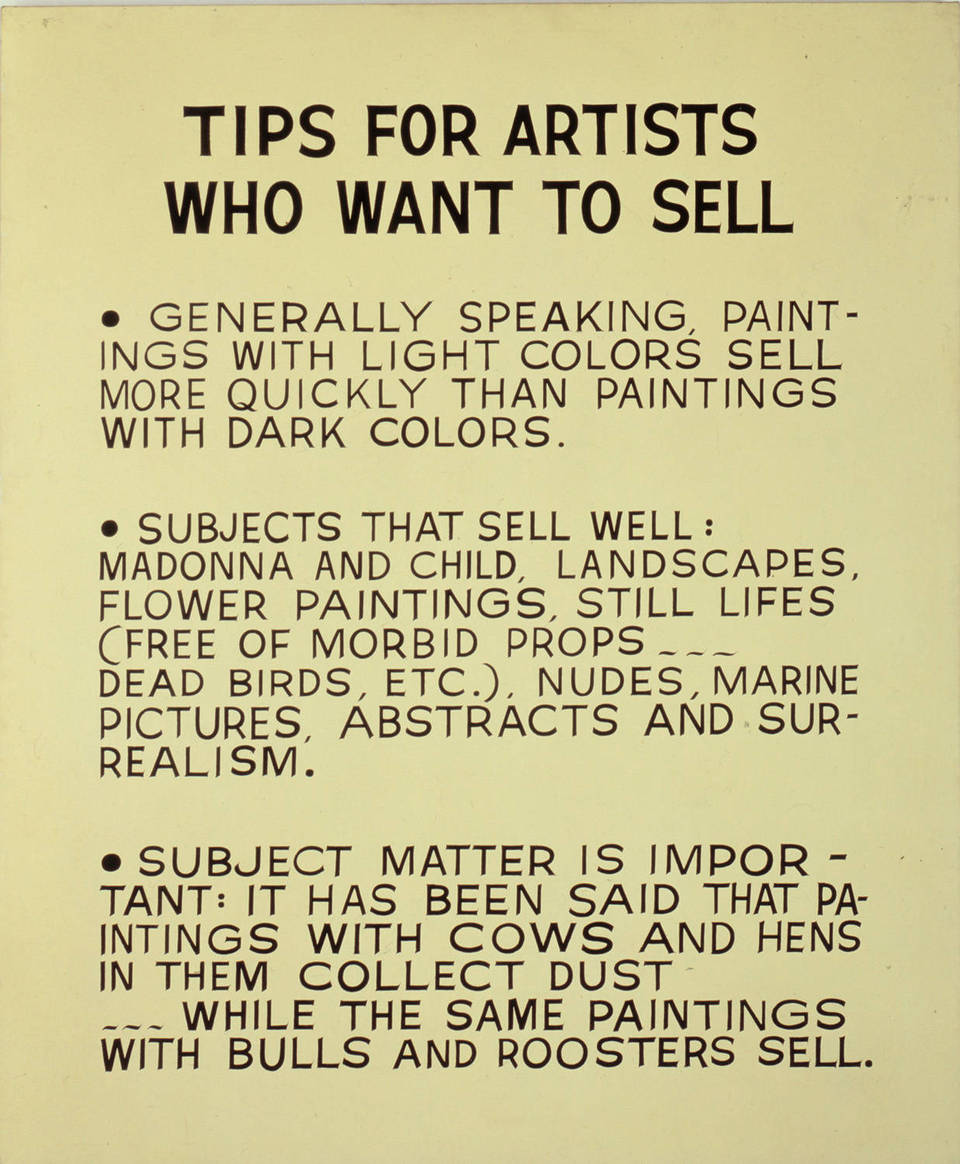My friend Nick Quaranto is in the market for a new camera. A few days ago we discussed the pros and cons of various cameras (DSLR, mirrorless, iPhone, etc) in our Campfire chatroom. He was overwhelmed by all the options. Where do you even start?
I asked in our “SvN Post Ideas” Basecamp project, and notified the rest of our company:
What kind of camera do you have? Do you prefer DSLR, Mirrorless, or iPhone? Something else? There are so many options out there it’s overwhelming…
The most popular answer was iPhone. However, some of us are enthusiasts who must capture moments the tiny sensor in the iPhone can’t quite get. Here are the answers I got in Basecamp:

Jamie Dihiansan Fujifilm X100S and Nexus 4
I just got a Fujifilm X100S. I really dig it. Been waiting for a while to get one. I like the fixed focal length (35mm equivalent) and the low-light image quality under high ISO (6400). I also use the Nexus 4 for Instagram, Facebook, casual polaroid type shots.
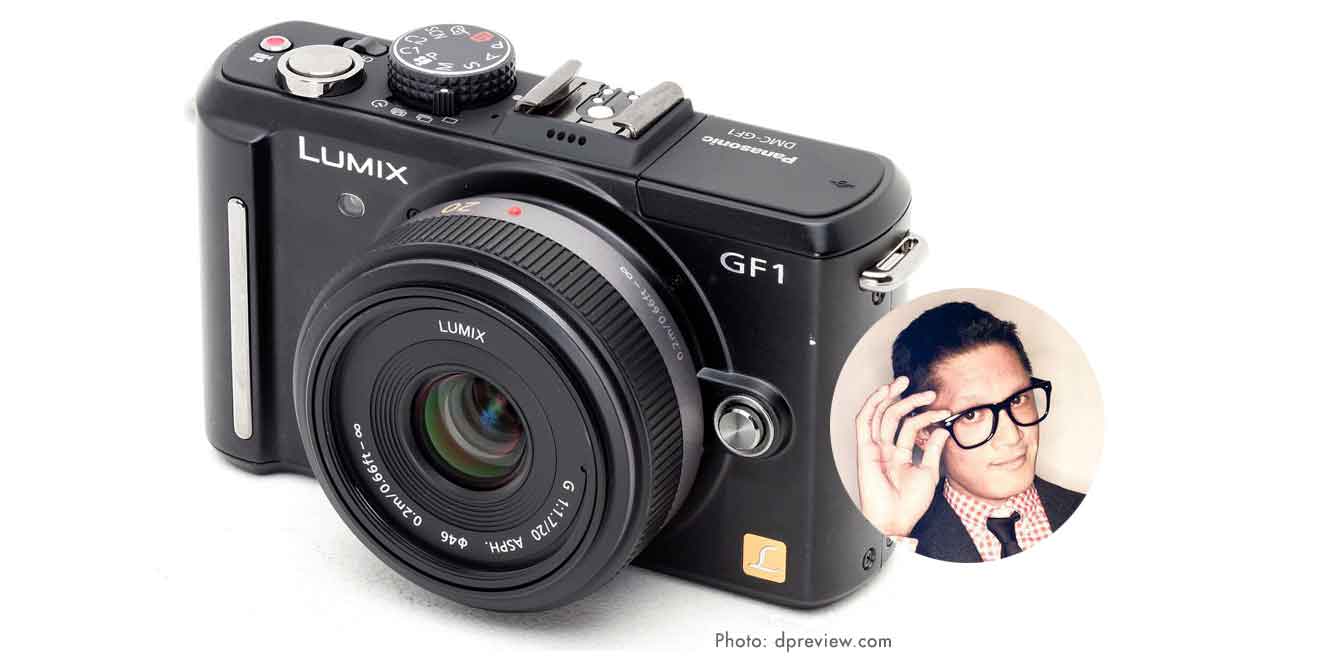
Mig Reyes Panasonic GF-1 and iPhone
I have a Panasonic GF-1, with the pancake lens. The chip inside the body is fried, so I don’t have a working camera. I’d like to invest in a new body that can still make use of my pancake lens, and would love any suggestions.
So, for now I just use the camera I always have with me; iPhone.
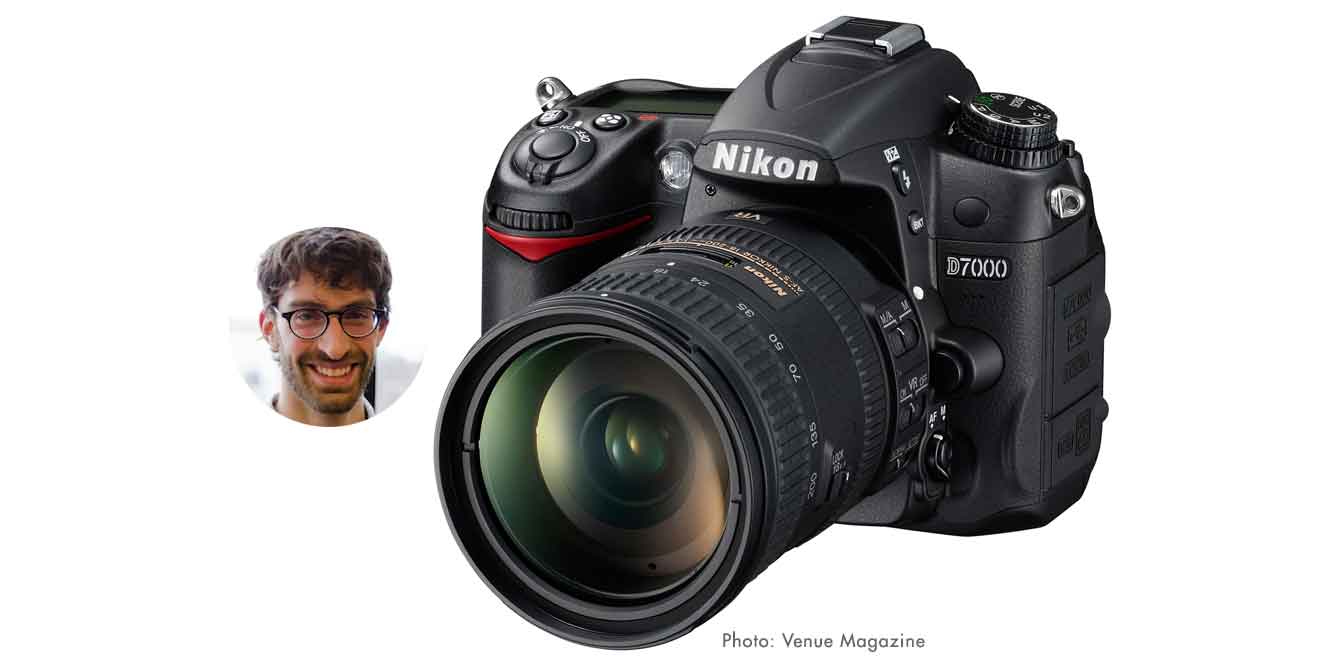
Ryan Singer Nikon D7000
I have a Nikon D7000 w/ a 35mm prime lens, which ends up looking like 50mm because of the D7000’s sensor size. I like the D7000’s high ISO and how optically faithful the 35-50mm range is.
I bring it with me on trips and to major events, but I still find myself leaving it in the bag because I don’t like having it around my neck or in my hand on all time. I inevitably take some photos with my iPhone.
I’m usually disappointed with my iPhone photos when I load them on the computer. The colors and res are sharp, but the wide angle distorts close-up subjects and creates lots of empty space in landscape/scenery shots.
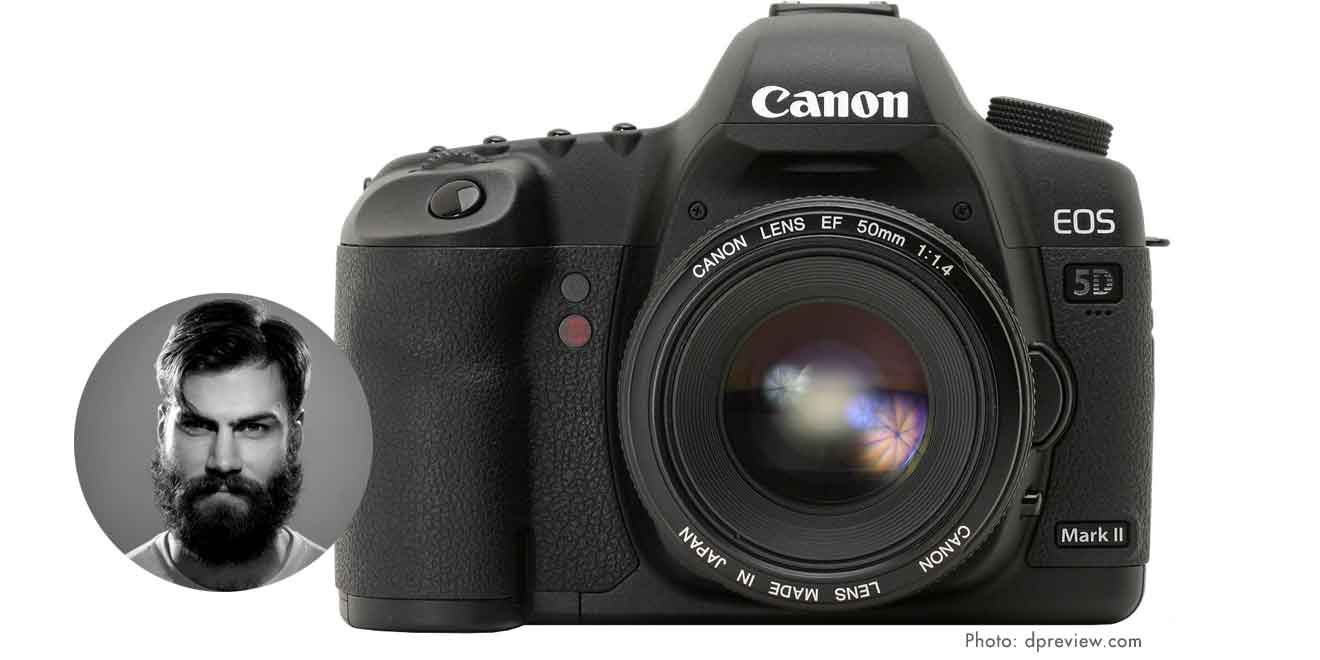
Shaun Hildner Canon 5D Mk II
Canon 5D Mk II on a Redrock Micro Field Cinema Deluxe DSLR Rig with an Ikan 7” monitor and a Rode shotgun mic.
Canon 24-105mm f/4L
Damn right you need all this shit!
Continued…
An excerpt from Chicago: City on the Make, a 12,000 word lyrical essay by Nelson Algren originally published in 1951:
Chicago. City on the make. A tangle of hustlers, gangsters, and corrupt politicians. A city of nobodies nobody knows, the ginsoaks, stew bums, and shell-shocked veterans who lurk in the alleys and linger in the weedy wastes underneath the ‘L’ tracks, and a town that sells out its dreams and disappoints its dreamers, but Once you’ve become a part of this particular patch, you’ll never love another. Like loving a woman with a broken nose, you may well find lovelier lovelies, but never a lovely so real.
I love Chicago—imperfections and all. Some are surprised to learn that 37signals, a software company, is based in Chicago rather than San Francisco or New York. Yes, we’re a company of remote workers. We’re even writing a book called REMOTE: Office Not Required. But I believe our Getting Real approach and REWORK perspective just would not exist without Chicago’s “real-ness” in our blood.
What do you love about your city or town? Does the surrounding culture affect how you approach life or work? I’d love to read about it in the comments below.
PS. Come experience Chicago first-hand by attending The Switch Workshop on Friday, April 12. We’re hosting at the 37signals office. Right in the heart of Chicago.
Thirty-six people work at 37signals. Only six of us don’t have iPhones. Out of the six of us, three have Androids. I just recently became one of the Android minority.
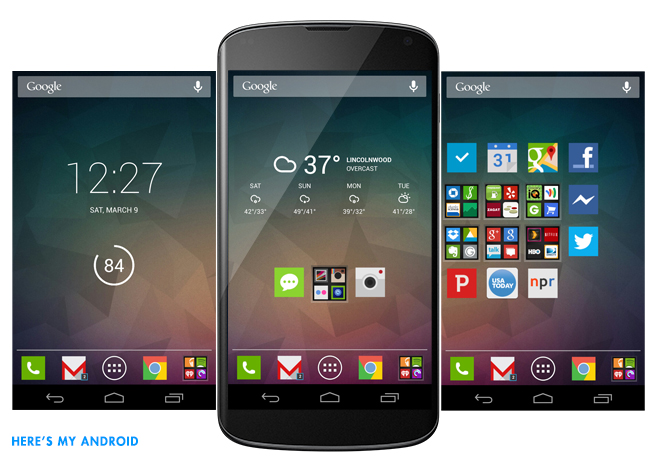
I’ve been a die-hard “Apple evangelist” for over twenty years — first an avid Mac user, then an early adopter of both iPod and iPhone. In the 90s, when everyone I knew used Windows, I tried to switch them to Mac. In the 2000s, when everyone had Creative-brand MP3 players, I tried to switch them to iPod and iTunes. A few months ago I switched from iPhone to Android. Now the running joke is that I’ve become an Android evangelist.
4 Specific Jobs Android Does Better
In all seriousness I’m surprised I like Android as much as I do. I don’t want this to be yet another tech-blog “Why I switched to Android” essay. There are a bunch of those online already. This is not a manifesto about the “openness” of Android. This isn’t a “these are the apps I installed to approximate my old iPhone” article either. Instead, this is my personal experience with both iPhone and Android. I’ll focus on 4 specific jobs I believe Android is better at than my old iPhone:
1. Audio on-the-go.
I know what you’re thinking: iPhone does this perfectly well. And it does, to a point. With the iPhone, I had problems with Bluetooth streaming. While driving I’d play something from my iTunes library via Bluetooth. The music would stream from the iPhone to the car stereo. Absolute magic. Sometimes I’d switch to Spotify for the Radio feature. Again, awesome. Exiting and entering the car then reconnecting via Bluetooth, however, would reveal a quirk. iPhone always defaulted to the iTunes library. It didn’t matter if I was listening to Spotify when I left the car. Once I got back in the car and the Bluetooth connection was established, bam iTunes. Thanks iPhone, I don’t want iTunes now actually. I want Spotify.
I’m also an iTunes Match customer. iTunes Match is Apple’s “cloud music” offering. That means the music doesn’t have to physically be on the iPhone. When you play a song it will stream from the iTunes Match “cloud”. The problem with this is sometimes iTunes Match flakes out. In my case it would flake out quite a bit. Sometimes it would take a while to authenticate. Sometimes it would hang on a song because of buffering.
This wasn’t a huge annoyance for me though. Twenty years of using Macs conditioned me to think, “well, that’s the Apple way.” It’s such a small price to pay for such a user-friendly device. Besides, why does this annoy me? I should be grateful. This is incredible technology. Apple is probably working on a fix with iOS 7. It’s not a big deal.
Then I switched to Android.
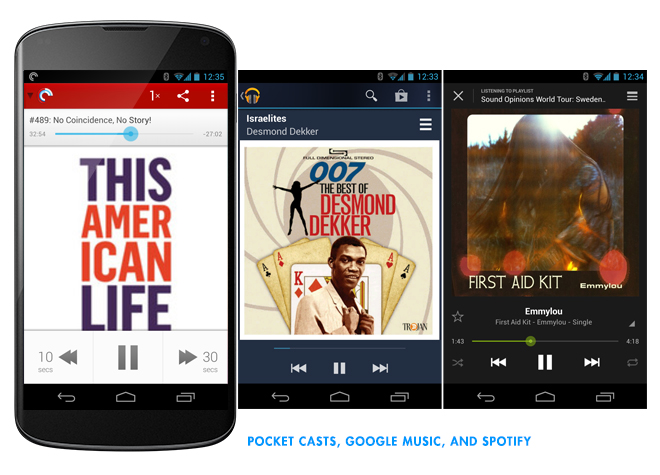
When I first connected Android to the car Bluetooth I thought, “wow, that was 5 minutes faster than the iPhone.” Most importantly, Android appreciates that I use different apps for listening to music. When I listen to Spotify, exit and enter the car and reconnect via Bluetooth, Android still serves up Spotify.
Google’s cloud music offering also seems to work better than iTunes Match. There’s less start-up lag. Google will even allow you to add up to 20,000 songs from your iTunes library for free. For example, I pre-ordered the new David Bowie album exclusive to iTunes a few months ago. It was downloaded this morning on iTunes. In less than a minute I’m listening to it on Android. Between Google Music and Spotify I’m pretty well covered.
What started as a small annoyance on the iPhone became an eye-opener on Android. Since the introduction of the iPod and iTunes, I saw Apple as a leader in the world of digital music. While my iPhone music problems were minor, I had assumed there simply was no better way other than the one Apple had designed. Yet here was Android doing it just a little bit better. Maybe Apple didn’t have it figured out after all.
Continued…
I hate being late for appointments. I got that from my father. He’s been drilling that punctuality sermon into me since I was young.
My wife, on the other hand, seems to have no problem leaving for a 10am appointment at 9:59am. I love her, but it drives me nuts.
My wife hates being early. I hate being late.
Last night we had a reservation at a restaurant—Geja’s Cafe. Geja’s is located in a congested part of the city. Traffic can be unpredictable. Throw “rush hour” into the mix—I’m thinking of leaving 1 hour before our reserved time.
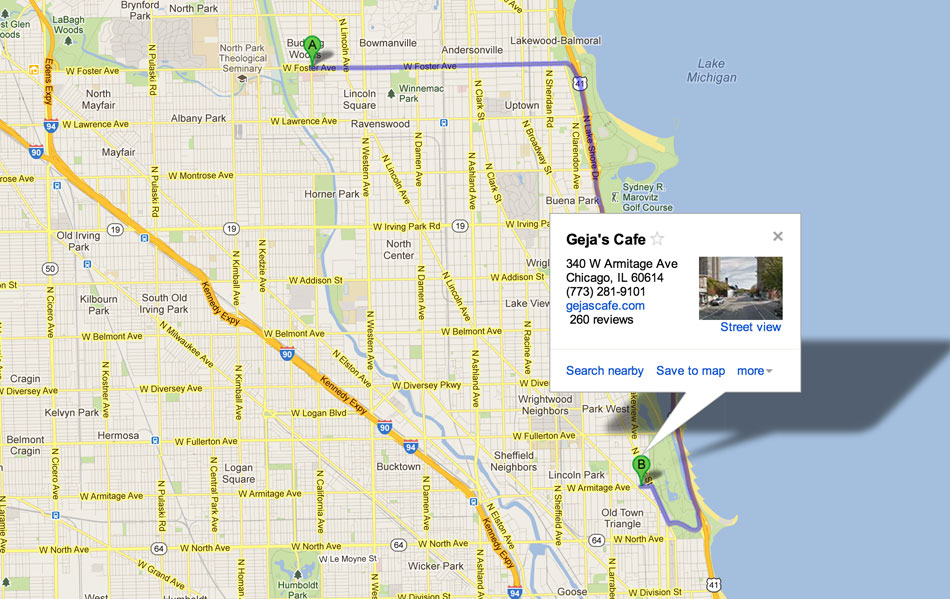
She wants to stop by her aunt’s house on the way to drop off some Girl Scout cookies. In my head I’m calculating and recalculating that “1 hour” drive time to Geja’s.
While we’re visiting with her aunt I try not to look at the clock so much. That’s rude. But I wonder: how’s the traffic? How can we get there on time?
Then I get a notification on my Android phone.

So we said our goodbyes. Got in the car. Drove to dinner. We got there on time. Everything worked out great. I should worry less.
Fondued (is that a word?) scallops are amazing.
These are just a few observations. We all know how Apple turned out in the 2000’s. I wonder what’s next for Android…
Note: I’ve switched to Android from iPhone for the time being to learn about “that other platform”. I know: We just released Basecamp on iOS. I love the app. You should download it now!!!
A few weeks ago I read a letter called Please Don’t Help My Kids. This excerpt resonated with me:
It is not my job … to prevent my children from feeling frustration, fear, or discomfort. If I do, I have robbed them of the opportunity to learn that those things are not the end of the world, and can be overcome or used to their advantage.
Doing something the first time is a challenge. I have 2 young kids, and I watch them struggle with the most rudimentary things. Eventually they figure it out. Usually it comes with tears and pleading. But that’s how they’ll learn to do the next thing. That’s how they’ll get the confidence to take on the next challenge. That’s how you level up.
Learning to program
I was fortunate enough to take a programming class at The Starter League last fall. The word on the street is Ruby on Rails (the programming framework we used) is so easy: “You can make a blog in 5 minutes.” Jeff Cohen and Raghu Betina are amazing teachers. They taught me that, yes Rails is easy, but first you need to feel frustration and discomfort before you can really learn.
The first four weeks of class was comprised of handwriting Ruby code without Rails. It was frustrating because “I thought I could do this in 5 minutes.” Maddening because “I have to do this every time!?” Enlightening because once I learned about what Rails did (after 4 weeks), how it worked with Ruby, my mind was open. I was like Neo in The Matrix when he sees the world decoded.
Make it “idiot-proof”
Are we doing ourselves a disservice by building conveniences into our products? As makers we’re always trying to add convenience for customers. We all try to build features and products that lessen friction.
We never stop learning after childhood though. Maybe things shouldn’t be too easy. Friction is good. That’s how we learn.
Is idiot-proofing for idiots?
At CES earlier this month there were cars that drove and parked themselves. That is truly amazing technology. First you had to shift your own gears with manual transmission. Then automakers created automatic transmission. The car knows when to shift. You don’t need to think about it. Now they’re developing self-driving cars. They’re making cars idiot-proof. Consider a generation that will never know how to drive a car.
I took a road trip last summer. Against my better judgement I took a sketchy dirt road because my GPS navigation told me to. I drove for what seemed like hours down a dirt road not knowing where it would lead. If I had read a paper map I would have discovered that the road I was driving on was taking me a few miles away from where I wanted to go.
What’s the perfect balance for making things easy, but still difficult enough to make it a worthwhile experience? Is idiot-proofing for idiots, or am I an idiot for thinking so?










